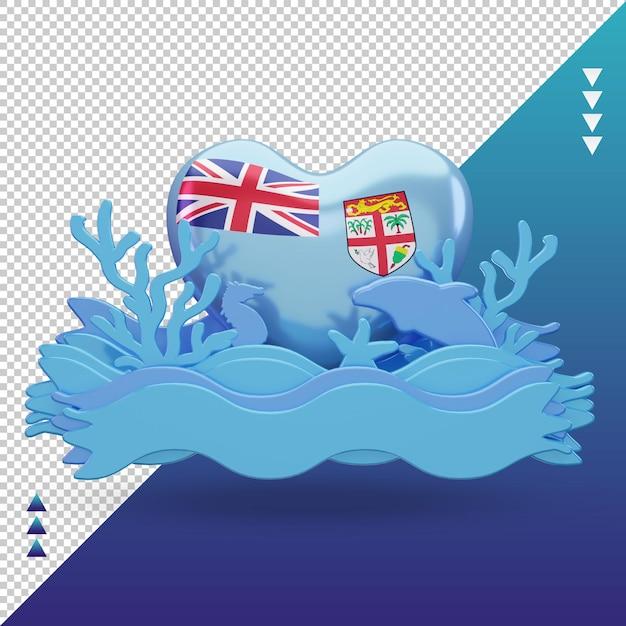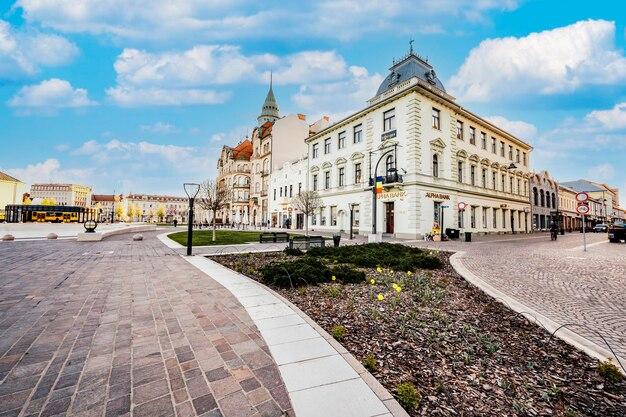The Columbian Exchange, which took place during the 15th and 16th centuries, was a transformative event that had a profound impact on the world. In this blog post, we will explore the specific effects of the Columbian Exchange on Europe.
During this time period, extensive trade routes were established between the New World (the Americas) and the Old World (Europe, Asia, and Africa). This exchange of goods, ideas, and diseases had wide-ranging consequences for Europe. The introduction of new plants, such as potatoes, tomatoes, and corn, revolutionized European diets and led to population growth. On the other hand, the introduction of diseases like smallpox had devastating effects on the indigenous populations in the Americas.
Join us as we delve into the most important effects of the Columbian Exchange on Europe and explore how its legacy continues to shape our world today.

What Impact Did the Columbian Exchange Have on Europe?
The Columbian Exchange, buzzing like a Walmart on Black Friday, brought more than just cheaply made goods to the Europeans. This exchange of goods, ideas, and diseases had a profound impact on the Old World, forever altering the trajectory of European history. So, grab your time-traveling goggles, and let’s dive into the impact that the Columbian Exchange had on Europe.
The Introduction of New Foods and Cuisines
When Christopher Columbus stumbled upon the Americas, little did he know that he would be introducing the Europeans to a culinary revolution. Forget about bland diets of cabbage and boiled mutton – the New World brought a smorgasbord of gastronomic delights to Europe’s doorstep.
Tomatoes, potatoes, and corn became staples in European cuisine, adding some much-needed flavor to their plates. It’s said that the Italians had initially suspected tomatoes were poisonous due to their association with the deadly nightshade family. But once they realized they won’t drop dead like Romeo and Juliet, the tomato sauce frenzy began, forever revolutionizing pizza and pasta.
Economic Boom and the Rise of Capitalism
Move aside, Bitcoin – the true cryptocurrency of the 16th century was silver and gold from the Americas. The influx of precious metals flooded European markets, making bankers and merchants feel like they had struck the lottery. Suddenly, everyone and their grandmother started investing in the stock market – or whatever they called it back then.
With the rise of capitalism, the Europeans became obsessed with wealth accumulation and global trade. Explorers set sail to conquer new territories and exploit their resources in the name of profit. It was like a European version of “The Hunger Games,” but instead of Districts, they had colonies. And trust me, they weren’t trading bread for decorative trinkets.
Population Explosion and the Not-So-Friendly Germs
Just as the Europeans were crying tears of joy over their newfound riches, the Columbian Exchange had a surprise in store for them – a biological weapon straight out of a sci-fi movie. Old World diseases like smallpox, measles, and the flu sailed across the Atlantic, causing deadly pandemics that made the Black Death look like a common cold.
The indigenous populations of the Americas were hit the hardest, with estimates suggesting that up to 90% of them perished due to European diseases. It was a disaster of biblical proportions, but hey, at least the Europeans got to claim the land, right?
Environmental Impact and the Dark Side of Agriculture
While the Europeans were busy inflating their bank accounts and spreading infectious diseases, they unknowingly unleashed an environmental apocalypse on the Americas. The introduction of European livestock, such as cows, pigs, and chickens, had a devastating effect on the local ecosystems.
These furry and feathered invaders wreaked havoc on native plants and animals, wiping out entire species and drastically altering the landscapes. Unfortunately, farmers back then weren’t exactly green-thumbed hippies, so they didn’t see the ecological disaster they were causing. Who knew that bringing a few fluffy cows could lead to an extinction-level event?
The impact of the Columbian Exchange on Europe was nothing short of a seismic shift in history. From revolutionizing European cuisines and economies to unleashing deadly diseases and wreaking havoc on the environment, this exchange forever transformed the Old World. So, the next time you bite into a juicy tomato or throw some fries on your plate, take a moment to thank Columbus for getting lost and unintentionally altering the course of European history.

FAQ: What impact did the Columbian Exchange have on Europe?
What was the most significant effect of the Columbian Exchange
The most pivotal outcome of the Columbian Exchange was the intercontinental exchange of goods, ideas, and diseases between the New World (the Americas) and the Old World (Europe, Africa, and Asia). This global interchange, enabled by Christopher Columbus’s voyages, brought about profound transformations that reshaped Europe and the world as a whole.
Which country reaped the greatest benefits from the Columbian Exchange
Countless countries benefited from the Columbian Exchange, but Spain stood out as the major beneficiary. Spanish conquistadors discovered vast reserves of precious metals, such as gold and silver, in the New World, which fueled the Spanish economy and made Spain a dominant power during the Age of Exploration.
Why was the Columbian Exchange important
The Columbian Exchange played a crucial role in shaping the modern world. It facilitated the exchange of crops, animals, and diseases between continents, leading to significant cultural, ecological, and economic changes. It revolutionized agriculture, introduced new food crops, and transformed global trade dynamics, marking a turning point in human history.
What were the causes behind the Columbian Exchange
The Columbian Exchange was sparked by Christopher Columbus’s voyage in 1492, sponsored by the Spanish Crown. Columbus’s aim was to find a direct trade route to Asia, but instead, he stumbled upon the Americas. This accidental discovery initiated a chain of events that ultimately led to the Columbian Exchange.
What food had the most significant impact on the Old World
The humble potato takes the prize for the most impactful food from the New World to the Old World. Initially cultivated by the indigenous people of the Andes, it went on to revolutionize European agriculture and become a staple crop. Its high nutritional value and ability to grow in various climates made it a vital food source across Europe.
What happened before the Columbian Exchange
Before the Columbian Exchange, the Americas and the Old World were isolated from each other. The people of the New World developed their unique cultures, grew their own crops, and had their own domesticated animal species. Meanwhile, the Old World civilizations thrived on their own advancements and resources.
What year did the Columbian Exchange end
The Columbian Exchange didn’t have a precise end date. It was a continuous process that began with Columbus’s arrival in 1492 and continues to impact our lives today. The exchange of goods, ideas, and cultural influences between continents remains an ongoing legacy of this historical event.
Why was the Columbian Exchange considered bad
While the Columbian Exchange brought numerous benefits, it also had negative consequences. The arrival of diseases from Europe resulted in the decimation of indigenous populations in the Americas. Additionally, the forced labor systems and exploitation of resources by European powers had devastating effects on the indigenous communities and their way of life.
What impact did the Columbian Exchange have on Europe
The impact of the Columbian Exchange on Europe was profound. It introduced new crops, such as potatoes, tomatoes, and maize, which revolutionized European agriculture and improved nutrition. European cuisines underwent a transformation with the addition of spices like chili peppers and vanilla. The influx of precious metals from the New World bolstered European economies, paving the way for the rise of European colonial powers.
How do we continue to benefit from the effects of the Columbian Exchange even today
The effects of the Columbian Exchange continue to shape our lives in numerous ways. From the diverse food options we enjoy to the advanced agricultural techniques we employ, much of our modern lifestyle is indebted to the global exchange fostered by the Columbian Exchange. It also highlights the interconnectivity of our world and the importance of cultural diversity.
What foods were exchanged during the Columbian Exchange
The Columbian Exchange resulted in the exchange of a wide array of food items between the New World and the Old World. Notable examples include the introduction of potatoes, tomatoes, corn (maize), chocolate, and peanuts from the Americas to Europe, while wheat, rice, coffee, and citrus fruits were some of the Old World crops introduced to the Americas. This cross-continental exchange of food transformed cuisines and eating habits worldwide.
